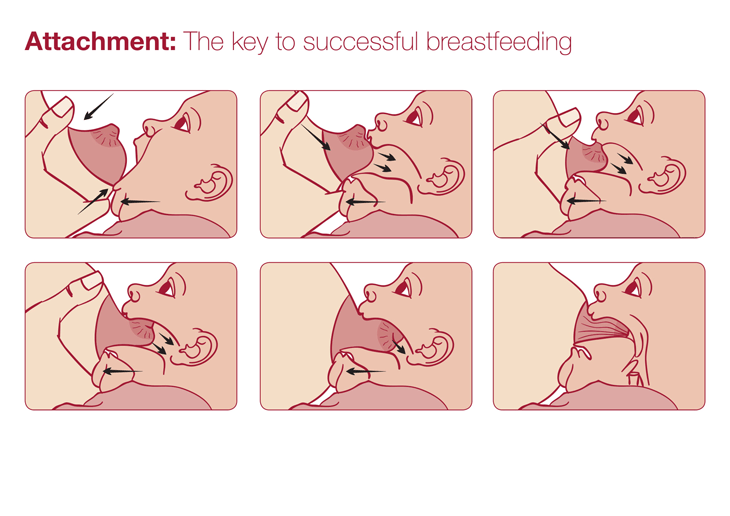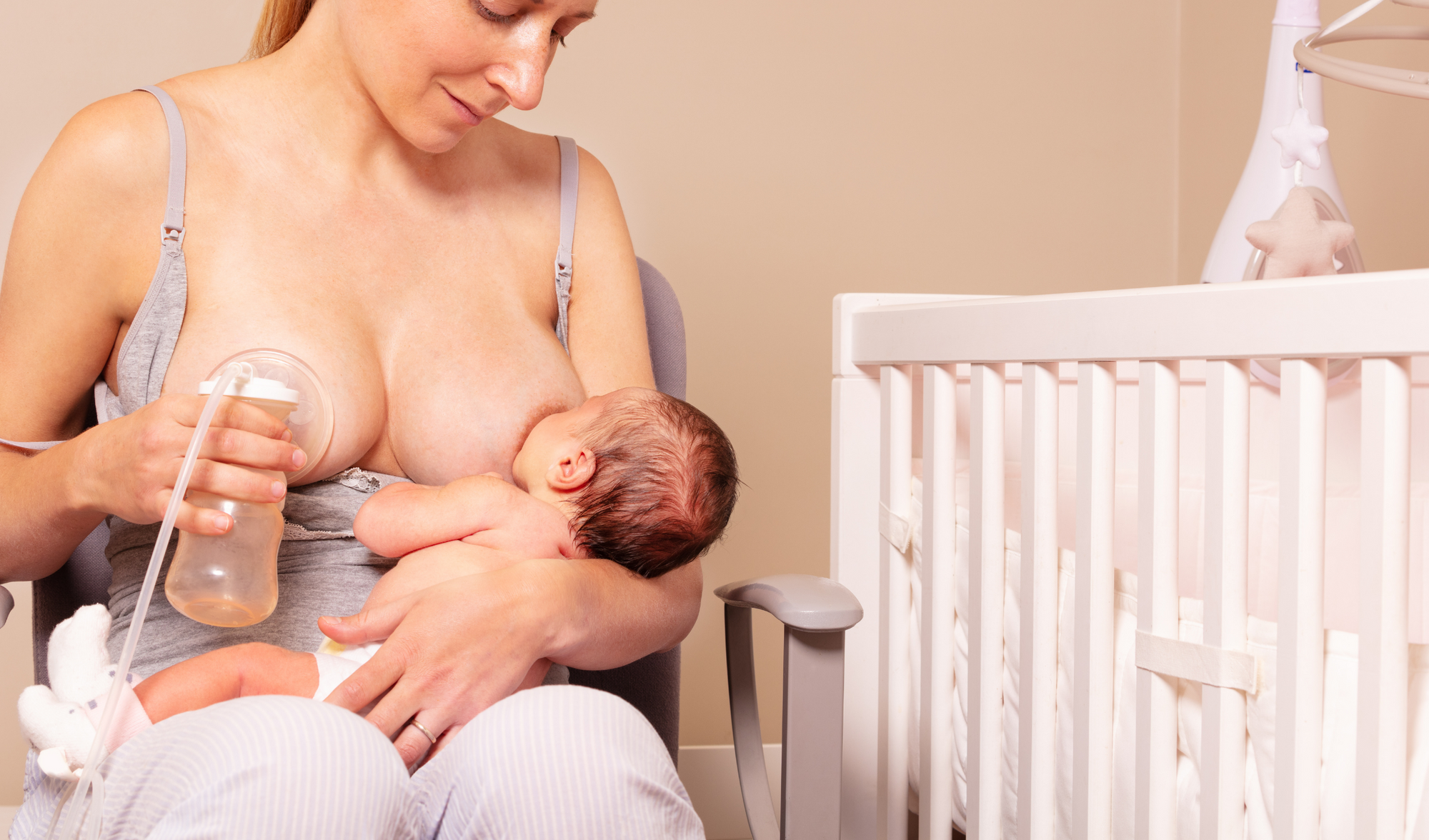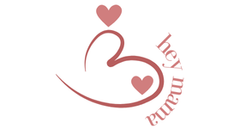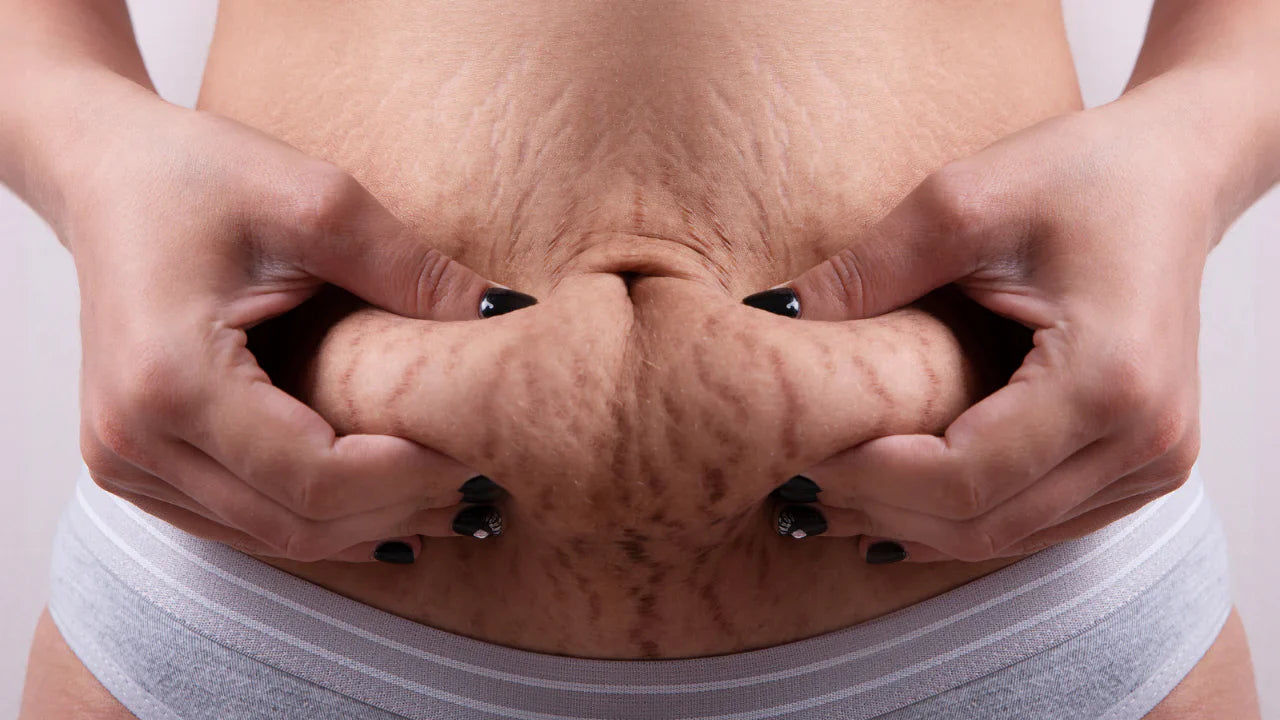Breastfeeding is one of the most beautiful ways to bond with your baby—but let’s be real. It’s not always as picture-perfect as it looks on Instagram. In fact, for many Pakistani moms, breastfeeding comes with its fair share of struggles, and one of the most common (yet rarely talked about) is nipple pain while breastfeeding.
If you’ve found yourself wincing every time your baby latches on, or dreading each feed because your nipples feel like they’ve been through a shredder, you are absolutely not alone. Studies show that up to 90% of breastfeeding moms experience sore nipples in the early weeks postpartum, and for many, the pain can be intense enough to consider giving up breastfeeding altogether.
But don’t panic just yet. Nipple pain doesn’t mean you’re doing anything wrong—and it definitely doesn’t mean you have to stop nursing. The good news is that most cases of nipple soreness are treatable, manageable, and in many cases, preventable with the right care, support, and products.
Why Do Nipples Hurt During Breastfeeding?
The most common cause of nipple pain is an improper latch. When your baby doesn’t latch correctly, they might suck more on the nipple rather than taking in a full mouthful of breast tissue. This creates intense friction and pressure on a very sensitive area that’s not used to this kind of stress.
In the early postpartum days, your body is still adjusting. Your nipples, just like every other part of your body, haven’t dealt with this kind of use before—so some soreness is expected. But if the pain is sharp, continues after the feed, or is accompanied by cracks, bleeding, or scabbing, it’s time to take a closer look.
:max_bytes(150000):strip_icc()/nipple-thrush-5116138-FINAL-121138cc35f7420bb1a68255a15b5dde.jpg)
Other culprits include dry skin, frequent feeds, yeast infections (like thrush), and even external factors like cold weather, harsh soaps, or constant friction from bras and nursing pads. Some women also develop nipple vasospasm, where blood flow to the nipple gets restricted, leading to a burning or tingling sensation, especially in winter.
And in Pakistan, where many women are recovering from birth while juggling extended family visits, cultural expectations, and sometimes limited access to lactation support, it’s no surprise that nipple pain from breastfeeding goes untreated for longer than it should.
Cracked Nipples? Here's What’s Really Going On
Cracked nipples aren’t just uncomfortable—they’re often a sign that something isn’t healing properly. The cracks happen when the outer layer of skin (the epidermis) becomes too dry or damaged to handle the repeated suction. Once the skin breaks, it becomes even more painful during every feed, and in some cases, it can even lead to infections like mastitis.

According to the World Health Organization, painful breastfeeding is one of the top reasons women stop nursing earlier than they planned. In fact, research shows that around 25% of new mothers stop breastfeeding within the first month due to nipple pain or injury.
What makes things worse is that many desi moms are told to just “bear it”—that it’s part of the process. But cracked, bleeding nipples are not normal and should never be ignored. The longer the damage goes untreated, the more difficult it becomes to maintain a healthy milk supply, as many moms begin to skip feeds or switch to pumping, which can sometimes make things even worse if the flange size is incorrect.
How to Soothe Sore Nipples Fast (Without Giving Up Breastfeeding)
Let’s be honest—when your nipples are cracked or burning, you want relief yesterday. Thankfully, there are a few simple things you can do to ease the pain and help your skin start healing right away.
First, focus on correcting the latch. If you’re not sure whether the baby is latching properly, reach out to a lactation consultant. In Pakistan, some hospitals now offer lactation support, and many private doulas and birth workers provide excellent one-on-one guidance, even virtually.
Second, keep the area clean and dry. Use warm water (no soap!) and gently pat dry after each feed. Avoid rubbing with rough towels. Air-drying for a few minutes before covering up can also help speed up healing.
And of course, the real MVP of cracked nipple treatment is a high-quality nipple balm. But not just any balm—what you need is one that’s safe for your baby to ingest, doesn’t require wiping off before feeding, and contains ingredients proven to repair skin fast.
This is where SoreFix Nipple Balm comes in.
Why SoreFix Might Be the Best Nipple Cream in Pakistan
SoreFix Nipple Balm was designed with real postpartum skin in mind. It’s made from a powerful blend of natural, baby-safe ingredients that soothe, protect, and heal sore nipples—all without the greasy mess or harsh chemicals.

It contains deeply moisturizing agents like shea butter and calendula, which reduce inflammation and promote skin regeneration, plus vitamin E and beeswax to create a gentle, breathable barrier on the skin. That barrier helps protect cracked nipples from further damage while locking in moisture to help the healing process move faster.
And here’s what sets it apart: SoreFix doesn’t just sit on top of your skin. It penetrates deeply, nourishing the delicate tissue and providing long-lasting relief—even if you're feeding every hour in the newborn stage.
Many moms in Pakistan struggle to find products that are both effective and safe in our local markets. SoreFix fills that gap. It’s already gaining a reputation as one of the best nipple creams in Pakistan, thanks to its fast results, gentle formula, and mom-approved feel.
You don’t need to suffer in silence or settle for greasy lanolin that stains everything. With consistent use of SoreFix after each feed, most moms report significant relief within just 48–72 hours.
Is It Safe to Keep Breastfeeding With Sore Nipples?
Absolutely. In most cases, continuing to breastfeed is not only safe—it’s actually helpful. Frequent feeding keeps your milk supply stable and helps you avoid clogged ducts or mastitis.
However, it's essential to treat the pain. Ignoring it or pushing through without support can turn temporary soreness into long-term injury. If you're dealing with bleeding, scabbing, or constant pain that doesn't improve even after correcting the latch and using balm, it's time to consult a lactation expert or OB-GYN.
And if you're worried about your baby tasting balm or reacting to something on your skin, don't be. SoreFix Nipple Balm is made with safe-for-baby ingredients—so there’s no need to wipe it off before the next feed.
Relief is Possible, and You Deserve It
Motherhood is hard enough without wincing in pain every time your baby gets hungry. While nipple pain from breastfeeding is incredibly common, it shouldn’t be dismissed as just another thing to “deal with.” It’s a signal from your body that you need a little extra care—and thankfully, that care is easy, accessible, and effective when you have the right tools.
Start with support: check your baby’s latch, drink lots of water, let your skin breathe. Then bring in backup with SoreFix Nipple Balm, the gentle, mom-tested formula designed to give your nipples the healing relief they need—fast.
Whether you’re one week into breastfeeding or three months deep, it’s never too late to start treating your skin with the kindness it deserves. Because while breastfeeding is natural, comfort and confidence while doing it should be, too.


